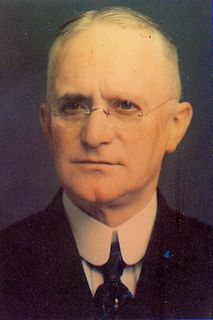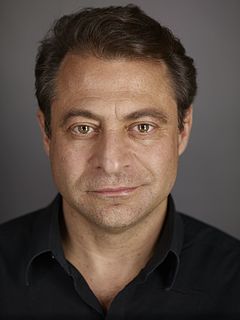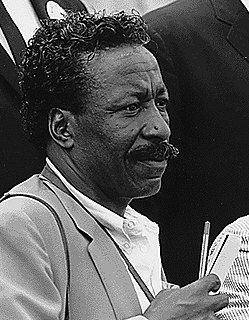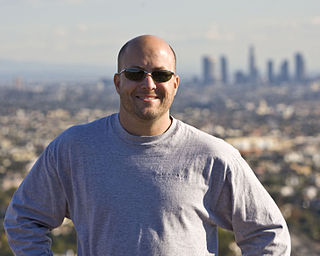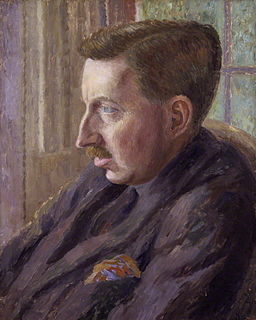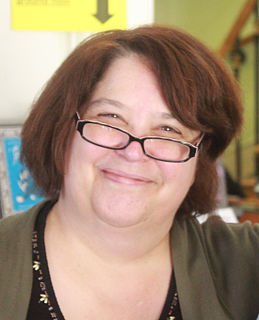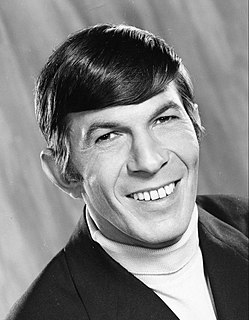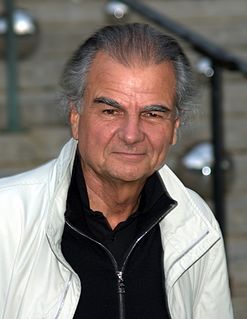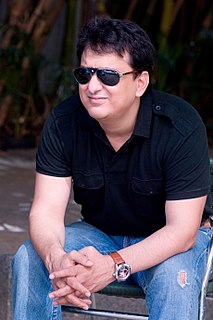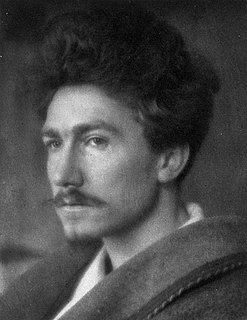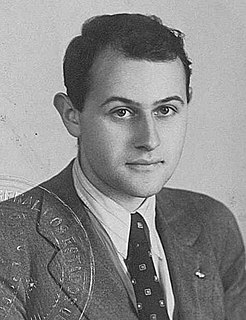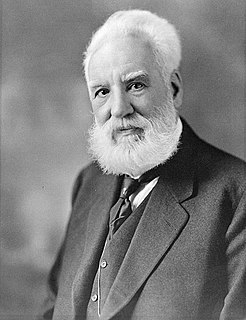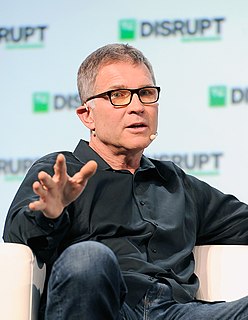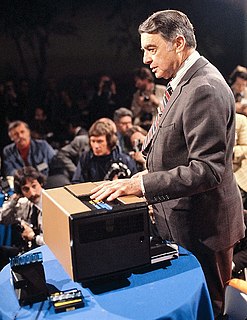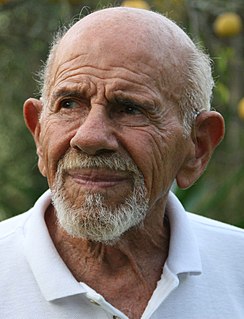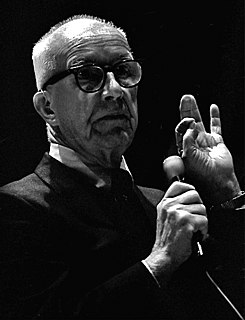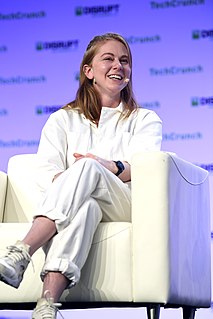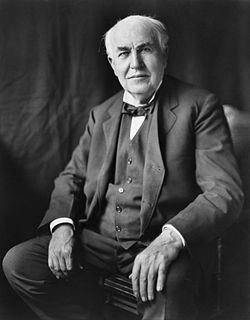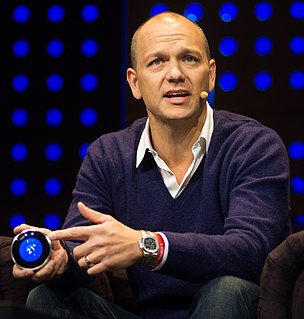A Quote by George Eastman
Philologically, the word Kodak is as meaningless as a child's first goo. Terse, abrupt to the point of rudeness, literally bitten off by firm and unyielding consonants at both ends, it snaps like a camera shutter in your face. What more would one ask. (Explaining why he named his company Kodak.)
Related Quotes
Here’s a current example of the challenge we face. At the height of its power, the photography company Kodak employed more than 140,000 people and was worth $28 billion. They even invented the first digital camera. But today Kodak is bankrupt, and the new face of digital photography has become Instagram. When Instagram was sold to Facebook for a billion dollars in 2012, it employed only thirteen people. Where did all those jobs disappear to? And what happened to the wealth that all those middle-class jobs created?
I called it Kinko’s because of my nickname — because I had this really kinky hair. If you think about it, the first thing a baby learns is ‘Googoo, gaga,’ and if you think of good businesses like Kodak, Xerox, Google, people remember consonants — which was why Kinko’s was a good name. But really I had this big head of curly hair and before being called ‘Kinko’ I was ‘Pube Head.’ So I thought Kinko’s was better than Pubo’s.
Even a fellow with a camera has his favourite subjects, as we can see looking through the Kodak-albums of our friends. One amateur prefers the family group, another bathing scenes, another cows upon an alp, or kittens held upside down in the arms of a black-faced child. The tendency to choose one subject rather than another indicates the photographer's temperament. Nevertheless, his passion is for photography rather than for selection, a kitten will serve when no cows are available.
At first it was a bit strange and daunting to have to wear a mask, but afterwards I came to enjoy it. In warm conditions, though, it started to slip off my face. Other times they used this double-sided sticky tape, and I literally couldn't get it off my face. I would feel like I was ripping my face off and I had a lot of cuts and bruises because of it-huge red marks. People might think it was method acting.
